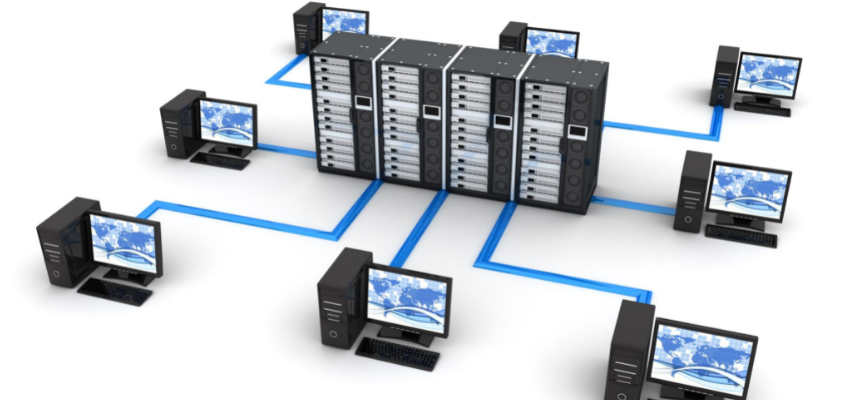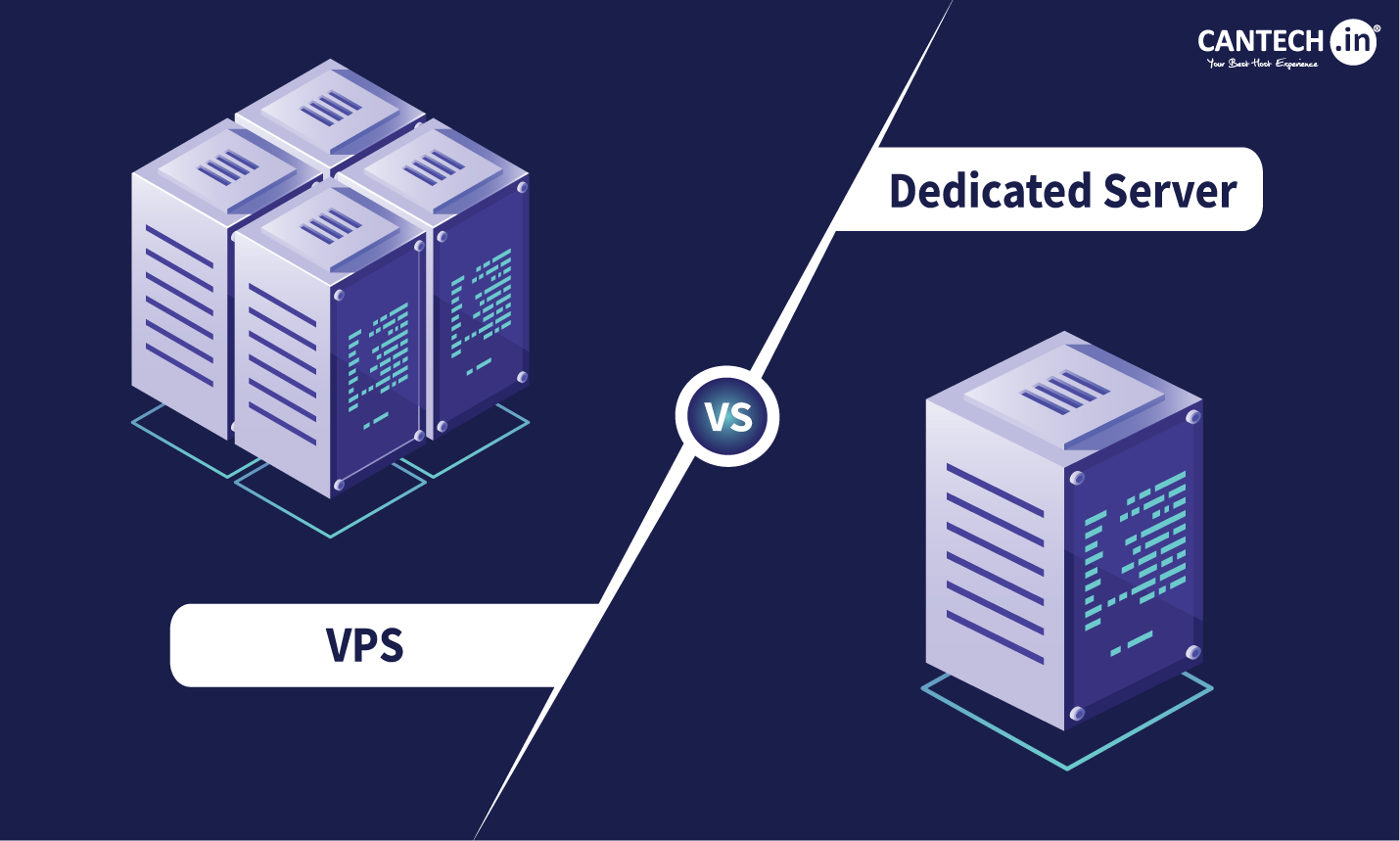In an era when public service demands are evolving fast, government agencies are turning to technology to deliver better, more efficient services to citizens. A robust suite of technology solutions is transforming how governments operate—from streamlining internal processes to enhancing citizen engagement. In this article, we explore the top government technology solutions that are not only reshaping public administration but also addressing the ever-growing need for secure, agile, and transparent operations.
Understanding Government Technology Solutions
Government technology solutions refer to the range of digital tools and systems designed to modernize the way public services are managed and delivered. These solutions help agencies cut through bureaucratic inertia by automating tasks, safeguarding sensitive information, and providing actionable insights that drive policy decisions.
Key Technology Areas in Government
Here’s an overview of the most impactful technology solutions currently being adopted by governments:
- Cloud Services for Government:
- Benefits:
- Scalability to match fluctuating demand
- Cost-effective infrastructure management
- Enhanced accessibility for remote work
- Drawbacks:
- Data privacy concerns
- Dependence on third-party vendors
- Potential downtime if not properly managed
- Benefits:
- Cybersecurity Solutions:
- Benefits:
- Protection of sensitive citizen data
- Real-time threat monitoring
- Regulatory compliance support
- Drawbacks:
- High initial investment and ongoing maintenance
- Constant need for updates against new threats
- Complexity in integrating with legacy systems
- Benefits:
- Data Analytics and Artificial Intelligence (AI):
- Benefits:
- Data-driven decision making
- Predictive insights for resource allocation
- Improved transparency and reporting
- Drawbacks:
- Requires skilled personnel to manage and interpret data
- Data quality issues can lead to inaccurate insights
- High dependency on robust data governance frameworks
- Benefits:
- Citizen Engagement Platforms:
- Benefits:
- Enhanced communication channels between citizens and officials
- Simplified access to government services
- Opportunities for real-time feedback
- Drawbacks:
- Digital divide issues might leave some citizens behind
- High expectations for quick responses
- Potential challenges in managing large volumes of digital inquiries
- Benefits:
- Enterprise Resource Planning (ERP) Systems:
- Benefits:
- Streamlined administrative operations
- Improved transparency and accountability
- Consolidation of disparate systems
- Drawbacks:
- Implementation can be complex and time-consuming
- Integration issues with existing systems
- Risk of over-customization that hampers future upgrades
- Benefits:
- Internet of Things (IoT) and Smart City Solutions:
- Benefits:
- Real-time monitoring of infrastructure (traffic, utilities, waste management)
- Enhanced urban planning and sustainability
- Improved emergency response and public safety
- Drawbacks:
- High infrastructure costs
- Privacy concerns related to data collection
- Dependence on stable, high-speed networks
- Benefits:
Ready to Transform Your Government Operations with Smart Tech?
Discover how our tailored solutions can modernize public services, enhance efficiency, and drive digital transformation.
👉 Explore Our Government Solutions
People Are Always Asking…
A common question we encounter is: “How can government agencies ensure that technology solutions lead to real improvements in public service delivery without exposing sensitive data or overwhelming citizens?”
Many officials are understandably cautious. Concerns around data security, the digital divide, and the challenge of integrating new systems with time-tested legacy infrastructure are front and center. However, the upside is clear: with thoughtful planning and a commitment to continuous improvement, governments can harness these tools to not only modernize operations but also build trust and transparency with the public.
To address these issues, it’s essential to:
- Develop a clear roadmap: Define objectives, timelines, and milestones for every technological initiative.
- Invest in training: Ensure that staff at all levels understand and can effectively use new systems.
- Implement robust security protocols: Regularly update and audit security measures to protect sensitive data.
- Engage with citizens: Use digital platforms to keep the dialogue open and transparent.
Expert Opinion: Insights from Tamer Badr
Tamer Badr, owner of Singleclic, shares his perspective on the role of technology in the public sector:
“Government technology solutions aren’t just tools—they represent a commitment to transforming how public service is delivered. The true challenge lies in balancing innovation with the operational realities of government. When done right, these solutions empower officials and bring significant, tangible benefits to every citizen.”
— Tamer Badr, Owner of Singleclic
Badr’s insights remind us that while technology can drive progress, its successful deployment hinges on proper integration, people-focused strategies, and continuous reassessment of outcomes.
Strategies for Implementing Government Technology Solutions
An effective government technology solution requires more than just purchasing the latest software. It involves careful planning, a clear vision, and ongoing management. Here’s a practical roadmap for implementation:
- Conduct a Comprehensive Assessment
- Evaluate current systems, identifying gaps and inefficiencies.
- Engage with stakeholders to understand practical challenges and opportunities.
- Benchmark against other regions or agencies with successful deployments.
- Define Clear Objectives and Milestones
- Set realistic goals for what the technology should achieve (e.g., faster response times, cost reductions).
- Develop key performance indicators (KPIs) to measure progress.
- Prioritize projects based on their potential impact.
- Secure Adequate Funding and Support
- Leverage government grants and public-private partnerships where possible.
- Ensure leadership backs the project with necessary resources.
- Plan for long-term maintenance and upgrades.
- Invest in Staff Training and Change Management
- Provide comprehensive training programs to ease the transition.
- Foster a culture that is receptive to change and innovation.
- Create a support system for troubleshooting and feedback.
- Implement Strong Cybersecurity Measures
- Use advanced encryption, multi-factor authentication, and regular security audits.
- Develop incident response plans to manage any breaches.
- Keep software and hardware updated with the latest security patches.
- Embrace Continuous Evaluation and Adaptation
- Regularly review system performance against KPIs.
- Be ready to pivot strategies based on feedback and emerging trends.
- Celebrate successes and address setbacks transparently.
Reviews from the Field
Government technology solutions are receiving mixed reviews from stakeholders who have implemented various systems. Here are some real-world perspectives:
- Anna Rodriguez, IT Director at MetroGov Solutions:
“Our cloud services improved remote access significantly. However, we had to overcome initial hurdles with data migration and ensuring robust cybersecurity measures.” - Mark Thomson, Head of Cybersecurity at SafeGov:
“Investing in advanced cybersecurity was non-negotiable. The costs were high, and the learning curve steep, but the security enhancements have made a marked difference in protecting citizen data.” - Catherine Wu, Public Engagement Manager at CityConnect:
“The citizen engagement platform has brought us closer to our community. Yet, handling the volume of data and ensuring accessibility for everyone remains an ongoing challenge.”
These reviews underscore that while the benefits are real, the path forward requires careful navigation of both technological and human-centric challenges.
Frequently Asked Questions (F&Q)
Q1: What are government technology solutions?
A1: They encompass a range of digital tools—from cloud computing and cybersecurity systems to citizen engagement platforms and IoT solutions—designed to modernize government operations and enhance public service delivery.
Q2: Why are these solutions important for governments?
A2: They help streamline operations, protect sensitive data, and create more responsive and transparent public services. In an age where efficiency and security are paramount, these solutions are indispensable.
Q3: What challenges might governments face when implementing these solutions?
A3: Challenges include high initial costs, integration with legacy systems, cybersecurity risks, and managing the digital divide among citizens. Effective planning and risk management are essential to address these issues.
Q4: How can governments ensure successful implementation?
A4: By conducting thorough assessments, setting clear objectives, investing in training, enforcing strong cybersecurity measures, and continuously evaluating progress. A phased approach can also mitigate risks.
Q5: Can these solutions be tailored for smaller municipalities or are they only for large governments?
A5: Many solutions are scalable and can be adapted to suit the needs of smaller entities. The key is to ensure that the implementation strategy aligns with available resources and specific local challenges.
Final Thoughts
Top government technology solutions are not just tools—they are catalysts for profound change in public service delivery. By embracing cloud services, robust cybersecurity, AI-powered data analytics, citizen engagement platforms, ERP systems, and smart city solutions, governments can revolutionize the way they serve their people. However, this journey is not without its challenges. High costs, integration complexities, and issues like the digital divide can hinder progress if not carefully managed.
As Tamer Badr from Singleclic succinctly puts it,
“Technology in government should not be seen as a mere upgrade—it’s a fundamental shift in how we manage public services. The real power lies in how these solutions transform everyday interactions and empower citizens.”
— Tamer Badr, Owner of Singleclic
In essence, a well-planned and executed technology strategy has the potential to create a more efficient, transparent, and responsive government. While drawbacks exist, they can be mitigated through strategic planning, continuous evaluation, and a commitment to training and change management. By following a structured approach and learning from both successes and setbacks, governments of all sizes can build a more resilient digital infrastructure that meets the needs of today and anticipates the challenges of tomorrow.
Embracing these top government technology solutions will not only streamline operations but also foster greater public trust and engagement—a critical ingredient for effective governance in the modern age.
Take the next step by evaluating your current systems, defining clear objectives, and engaging with experts to craft a strategy that truly empowers your community. The future of public service is here, and with the right technology, it promises to be both innovative and inclusive.









